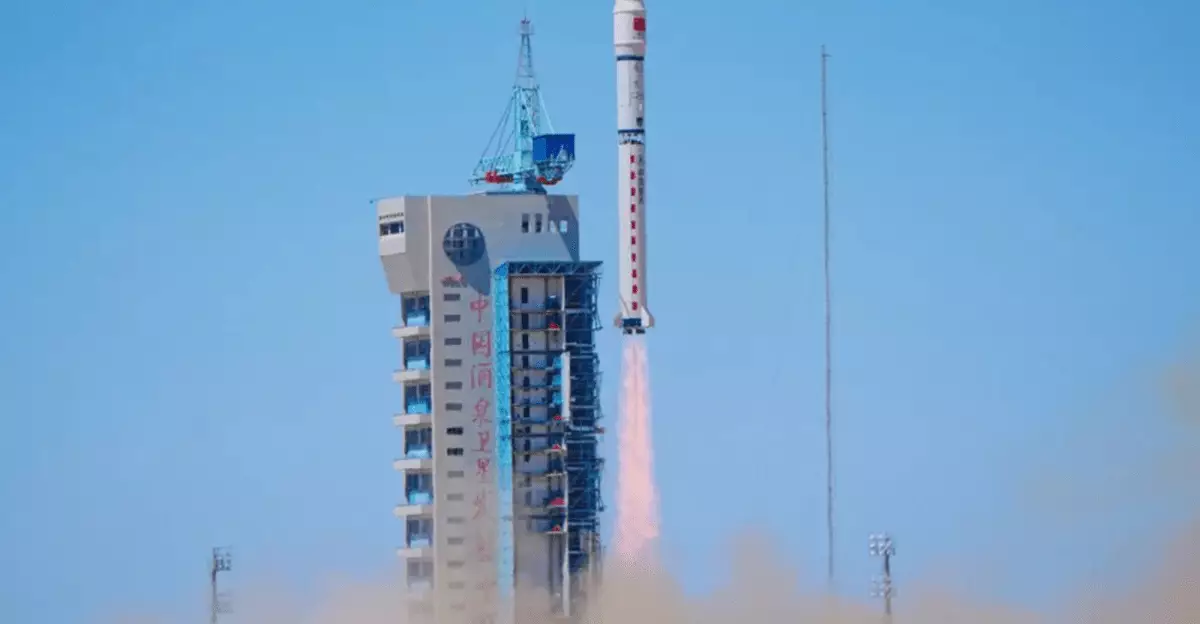China’s latest foray into space technology, marked by the launch of the initial 12 satellites from its ambitious 2,800-satellite network, signals a monumental leap in how we conceive satellite functionality and data processing. These satellites, developed by ADA Space in collaboration with Zhijiang Laboratory and Neijang High-Tech Zone, are not just traditional communication devices; they embody the future of AI processing in space.
By implementing a network that can independently process data rather than relying on Earth-based infrastructure, China is setting the stage for an unprecedented technological evolution. The satellites are part of what ADA Space calls the “Star Compute” program, enlisted as a segment of the “Three-Body Computing Constellation.” Here, the term “three-body” aptly reflects a complex intertwining of technology, innovation, and strategic ambition, similar to the challenges faced in astrodynamics where multiple gravitational influences interact.
Astounding Processing Power
Each of these twelve satellites packs an impressive onboard AI model with 8 billion parameters, boasting performance metrics that are eye-watering by current standards. With the capability of processing up to 744 tera operations per second (TOPS) individually and collectively achieving an astonishing 5 peta operations per second (POPS), these satellites dwarf conventional tech capabilities, such as Microsoft’s Copilot, which requires merely 40 TOPS to operate efficiently.
However, the sheer computational power isn’t the only aspect making this network ground-breaking. The potential applications of this technology stretch far beyond traditional uses, paving the way for developments in diverse fields such as emergency response, environment monitoring, gaming, and tourism. By generating dynamic 3D digital twin data, these satellites could revolutionize how we interact with our environment, offering real-time insights into on-ground phenomena.
Networking and Data Efficiency
The satellite network’s ability to communicate via laser technology at speeds up to 100 Gbps is a game-changer. Traditional satellite communications have always faced limitations in speed and bandwidth, with reports indicating that less than 10% of satellite data typically makes it to Earth. This inefficiency often hampers real-time applications that require quick data processing and transmission.
In contrast, the ADA Space satellites are designed to alleviate these issues significantly. By allowing satellites to share and process data collaboratively in orbit, they dramatically enhance the efficiency of data relay systems. This capability not only promises faster communication but also ensures that important scientific data, such as signals from gamma-ray bursts detected by onboard X-ray polarization detectors, are captured and processed more effectively.
The Broader Impacts of Space-Based Computing
As this ambitious network unfolds, its implications extend beyond mere technological advancements. It highlights a strategic pivot in global power dynamics where space technology could redefine economic and scientific competition. The Chinese government aims to achieve a cumulative capacity of 1,000 POPs through this satellite endeavor, showcasing an intent to dominate in the field of AI-driven analytics and processing.
Moreover, the integration of AI in space presents a paradigm shift in how we might approach challenges such as climate change, disaster management, and even geopolitical conflicts. Real-time data collected and processed by orbital supercomputers could lead to more informed decisions and quicker responses to emergencies on Earth, making this initiative not only a technological marvel but also a vital asset in global problem-solving efforts.
China’s ambitious satellite network is not just about the deployment of hardware; it represents a transformative paradigm shift in how we harness technology for the betterment of society on multiple levels.

